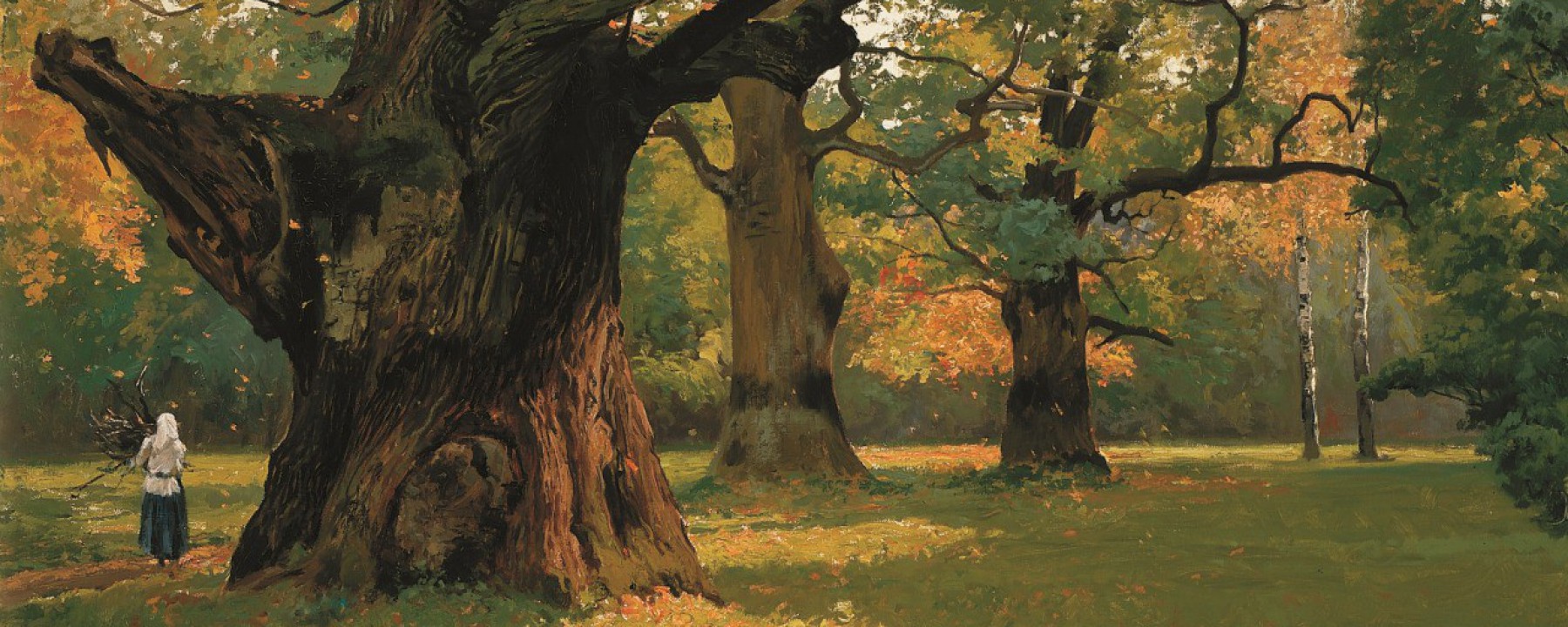Some of you may have noticed by the infrequent posting and delayed replies (for which I’m extremely sorry!) that my personal and work life sadly took me over in the recent months. Don’t worry, I plan to continue writing and blogging no matter what. I have a few sketches here just waiting for a bit of my free time to dust off and finish before publishing, and my book script draft keeps screaming for attention. However, I can’t tell yet when will I be able to dedicate “Lamus Dworski” as much time as I used to. I try to peak here and check my mailbox as often as I could in order to answer your messages and questions (don’t ever hesitate to send them, as they always remind me how important this project is and what amazing audience it meets), and I hope you can forgive me for making you wait too long for my replies in some cases.
Cheers to you all ♥








